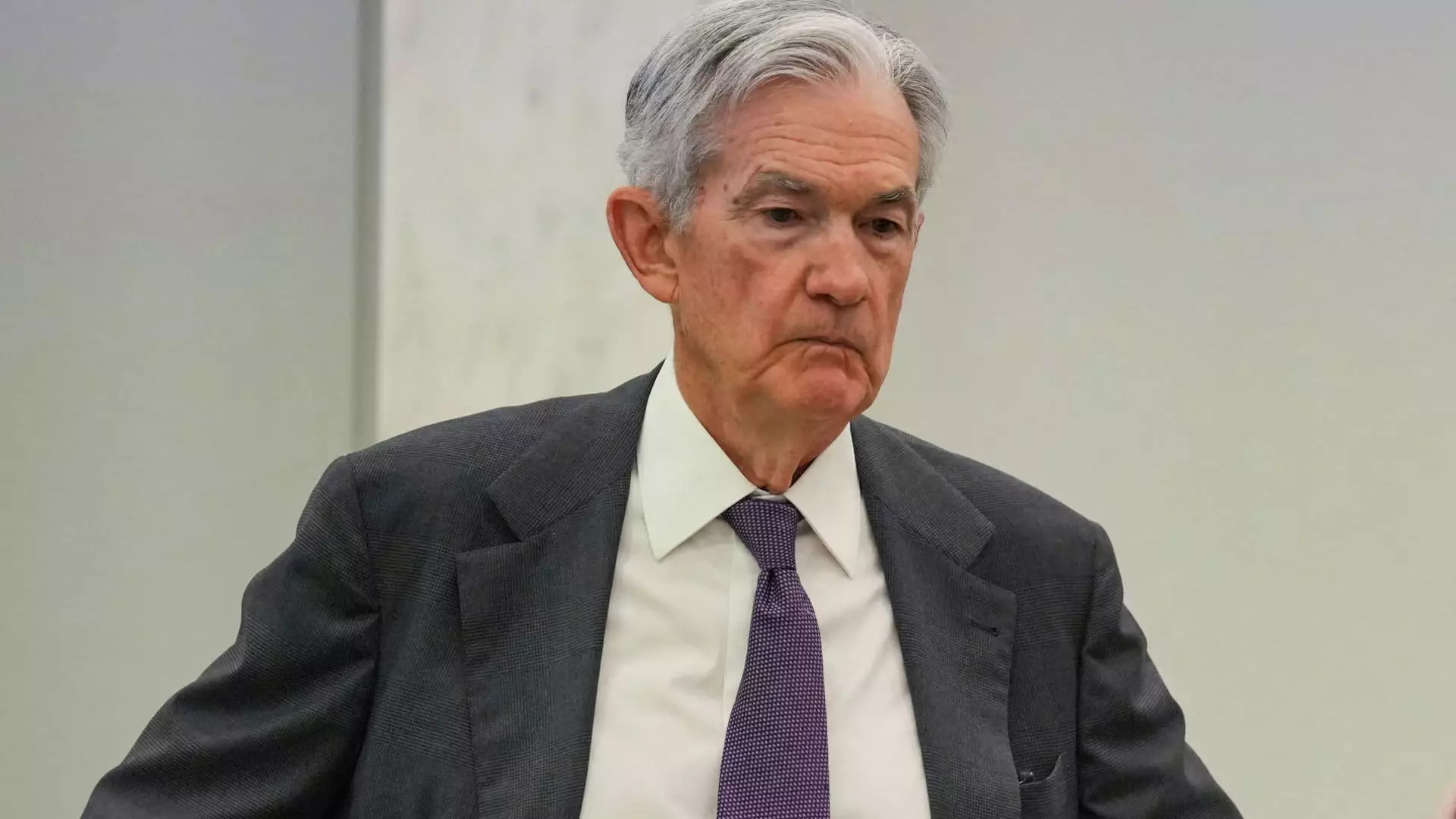In recent discourse, the Federal Reserve’s autonomy has come under scrutinizing fire — an environment that seems to question whether the central bank truly stands apart from political influence or whether it is merely a puppet of the prevailing economic powers. The statements from Treasury Secretary Scott Bessent reflect a nuanced stance: he advocates for an internal review of the Fed’s operations while emphasizing the importance of “independent” monetary policy. However, this stance betrays a deeper vulnerability inherent in the Federal Reserve’s structure. Despite its intentional insulation, the Fed’s decisions—ranging from interest rate adjustments to large-scale projects—are often high-profile political footballs. The opacity surrounding its internal decisions fuels skepticism and erodes public trust. To truly understand the FED’s flawed independence, one must confront its propensity for entrenchment and self-preservation rather than reform.
The Federal Reserve’s burgeoning size and scope—exemplified by its multi-billion dollar building projects and expansive regulatory authority—highlight a governance model that is increasingly disconnected from democratic oversight. While the argument for insulated decision-making is rooted in preventing short-term political whims from destabilizing the economy, it often results in unchecked growth and a lack of accountability. The recent controversy over the Fed’s $2.5 billion renovation project embodies this disconnect. Cost overruns and perceived mismanagement fuel public cynicism, further tarnishing its image as a shield of economic stability.
Political Pressures and the Threat to Monetary Integrity
The interference from political figures such as former President Donald Trump vividly illustrates the fragile boundary between monetary policy and partisan interests. Trump’s openly expressed hopes for lower interest rates and his desire for Powell’s resignation exemplify how political pressures threaten the integrity of the Fed’s decision-making process. When a sitting President openly questions or pressures the central bank, it undermines the perceived independence that is vital for effective monetary policy.
Furthermore, such pressures distort the Fed’s primary role—balancing inflation, employment, and financial stability—by injecting partisan biases rather than objective economic analysis. The result is a perilous trend: the erosion of the central bank’s credibility as an impartial arbiter. This, in turn, hampers effective policy implementation, as markets and the public lose confidence in the Fed’s capacity to act in the nation’s best interest rather than political expediency.
The Critical Need for Transparency and Internal Reform
The call from figures like Bessent for internal reviews points to an underlying acknowledgment that the current governance framework is insufficient. While he insists that such evaluations should be internal and insulated from political influence, this approach may be too limited. Genuine reform calls for greater transparency and active accountability, not just internal audits designed to quell political criticism.
Accountability doesn’t threaten the Fed’s independence; it clarifies its role within a democratic framework. The argument that monetary policy should be immune from scrutiny aligns with a misguided belief that economic stability is best maintained through secrecy. Empirical evidence suggests otherwise: transparency fosters trust, encourages informed debate, and ensures the central bank’s policies align with public interests.
The internal review, ideally, would scrutinize both the Fed’s monetary and non-monetary functions—examining decades of expansion that have sometimes prioritized bureaucracy over efficacy. Powell’s leadership could benefit from such a critical introspection, realigning the Fed’s operations with the principles of responsible governance. Instead of merely defending its independence, the Fed must embrace a role that also emphasizes accountability and democratic oversight.
Balancing Act: Navigating Market Expectations and Political Realities
The current market consensus leans toward stability—expecting rates to remain unchanged in the near term—yet everyone recognizes the delicate interplay of global pressures, domestic policy, and political signals. The Fed’s decision to delay rate cuts amid tariffs and inflation concerns exemplifies a cautious approach rooted in responsible stewardship. However, this cautious stance is often misinterpreted or politicized, reinforcing perceptions that the Fed is susceptible to external influences.
This balancing act underscores a fundamental dilemma: the need to maintain independence to safeguard economic stability while resisting the co-option of monetary policy as a tool for political gain. For a centrist liberal perspective, the solution lies in reaffirming the Fed’s independence through concrete reforms—embedding transparency, fostering accountability, and insulating decision-making from partisan meddling. Only then can the public trust the Fed as a guardian of economic stability rather than a pawn in political battles.
In an era where economic turbulence and political polarization threaten to undermine impartial institutions, the Federal Reserve’s legitimacy hinges on its ability to evolve. It cannot afford to become a revolving door for partisan interests nor continue to operate in opaque secrecy. For the sake of the nation’s economic future, it needs internal reforms that prioritize accountability without sacrificing its core independence, ensuring the central bank remains a credible steward—not a political hostage.

